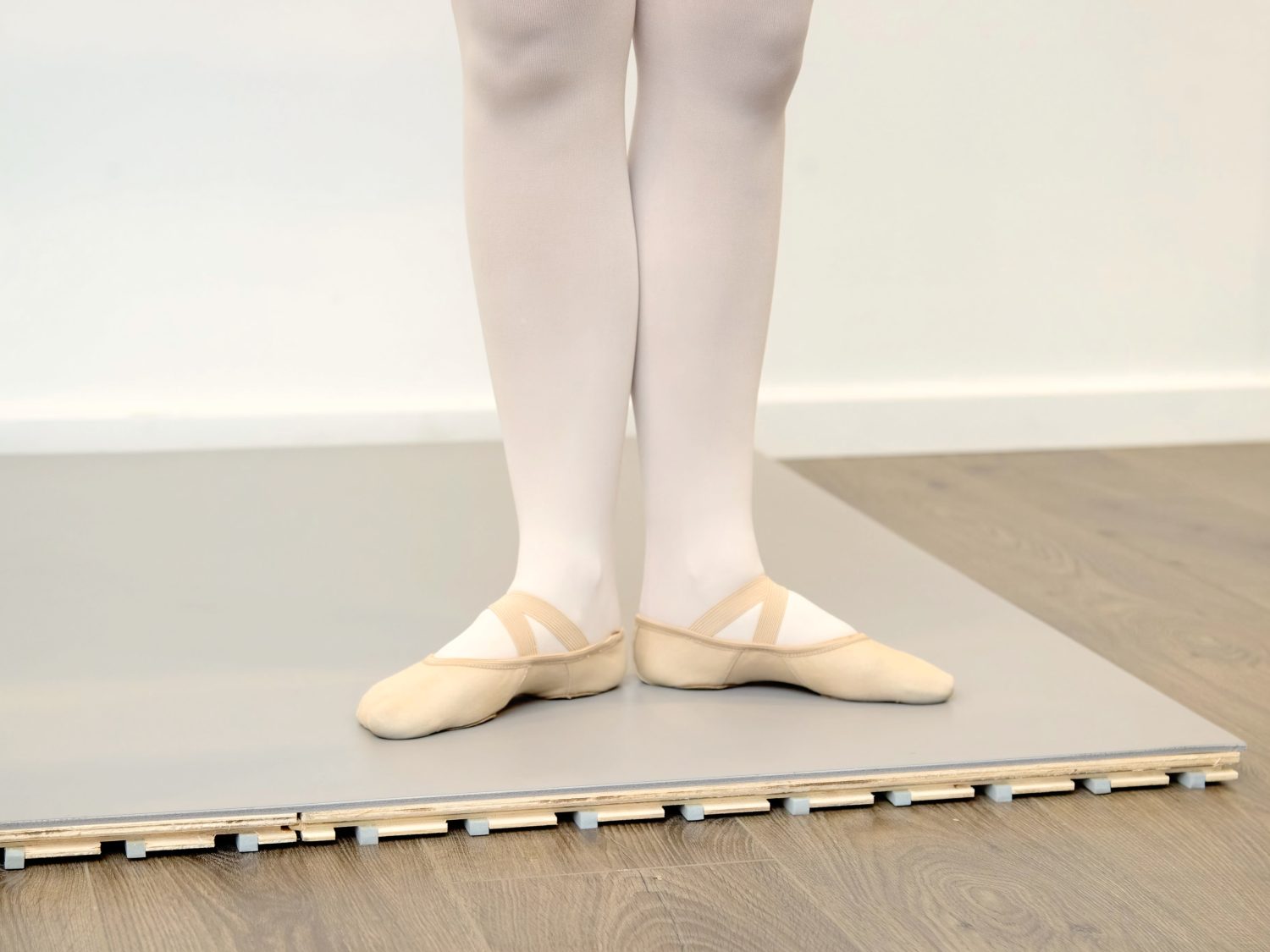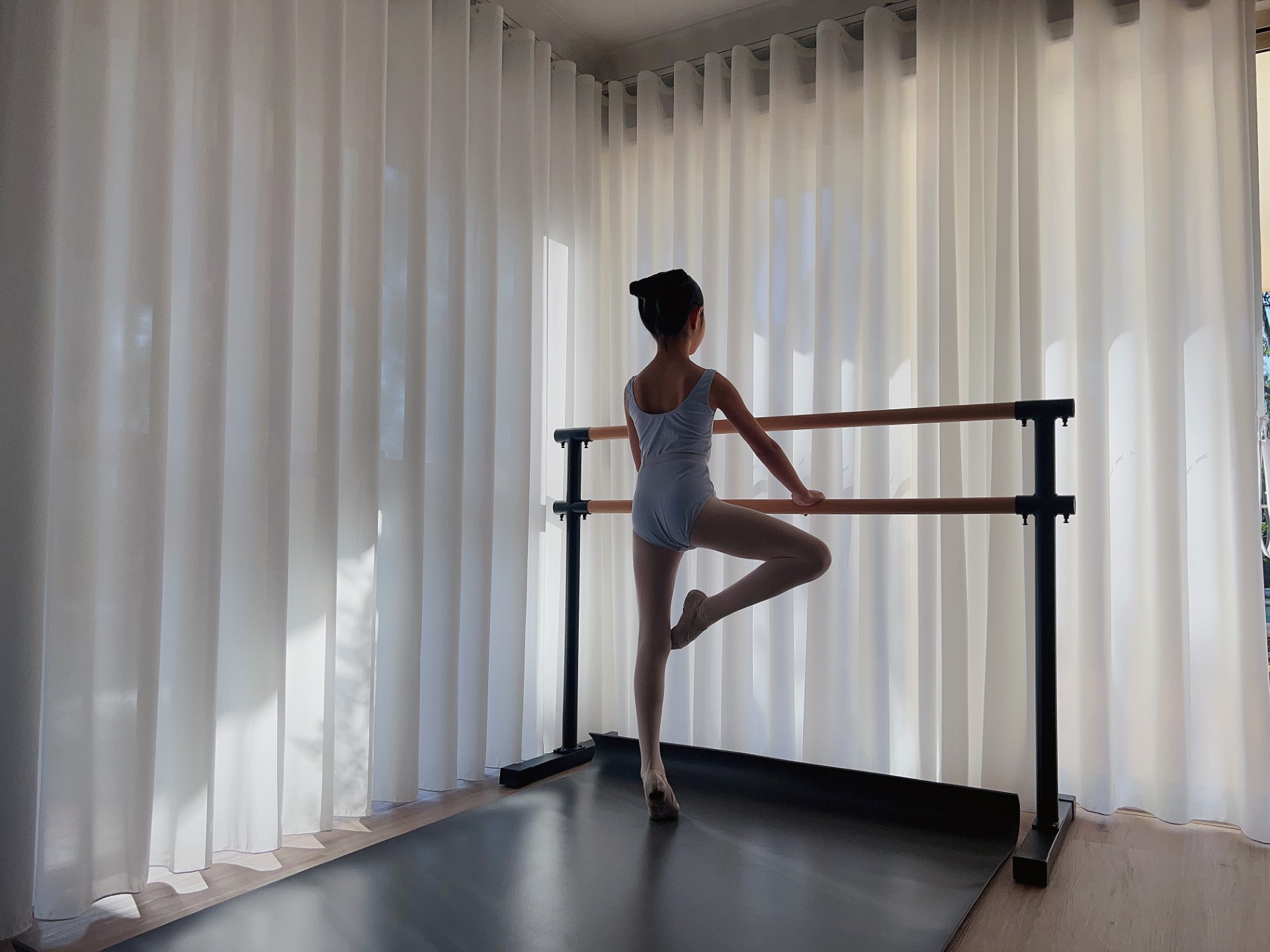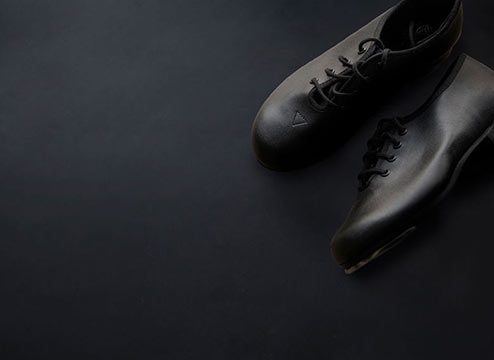Ballet barres are an essential piece of equipment for any dance studio, regardless of the type of dance performed. They provide a platform for dancers to perform exercises that imp…
 AUSTRALIA WIDE DELIVERY
AUSTRALIA WIDE DELIVERY TRUSTED BY PROFESSIONALS
TRUSTED BY PROFESSIONALS HIGHEST INDUSTRY STANDARDS
HIGHEST INDUSTRY STANDARDS
Vinyl Dance Floor vs. Sprung Dance Floor: What You Need to Know
May 22, 2023When choosing a dance floor for your studio or home practice, one of the first decisions to make is what type of floor is best for you. Vinyl dance floors and sprung dance floors are two of the most popular options for both professional and residential studios. In this article, you will learn about the unique features and benefits of each type of floor and determine which one is best for you.
What Is a Vinyl Dance Floor?
Vinyl dance flooring is a specialized dance surface that is used for various types of dancing. The material is thin yet durable and offers a non-slip surface for performing various moves.
Contrary to popular belief, vinyl flooring is not always black and is available in a range of colors, including white or grey..No matter what color you choose, it will give your studio a professional look.
Advantages of Vinyl Dance Floors
Vinyl flooring is widely used in dance studios, and for good reason. It has several key advantages that have helped it gain popularity worldwide. Here are some of the benefits:
- Affordable
Vinyl dance floors for home use are one of the most affordable options compared to other types of dance floors. They usually cost between $30 and $60 per square meter, making them a budget-friendly option.
- Slip-Resistant
One of the main attractions of vinyl flooring is its slip-resistant surface. Losing traction and slipping can result in minor injuries like ankle sprains, but vinyl flooring reduces this risk. It provides adequate traction without slowing down the dancer.
The non-slip surface of vinyl flooring is also suitable for all types of footwear, making it versatile and safe for ballet, tap dancing, and even barefoot dancing.
- Easy Installation
Vinyl flooring is easy to install, whether it is temporary or permanent. To install, simply unroll the vinyl and smooth it out to create a flat surface. Then, tape down the edges. You can easily cut it to fit your space, but make sure to keep the roll it came in for later use.
Disadvantages of Vinyl Dance Floors
Vinyl dance floors are slip-resistant and durable, but they are not ideal for dancing on their own. Since vinyl flooring is only a few millimeters thick, it does not absorb shock well. Therefore, it is recommended to have a subflooring layer under the vinyl.
What is a Sprung Dance Floor?
A sprung dance floor is a type of flooring that has a built-in shock-absorption system. This makes it ideal for physically demanding activities such as dancing and indoor sports.
Modern sprung dance floors are typically made of wood, with high-density foam blocks attached to the bottom, providing a slight give and bounce. This not only helps absorb the impact of movements but also returns energy to the dancer.
Advantages of Sprung Dance Floors
There are three key benefits to using a sprung dance floor in a studio or home setting.
- Injury Prevention
Many popular dance styles like hip hop, tap, and jazz involve high-impact moves that can put stress on your joints over time. Practicing on a regular floor can lead to injury and joint problems, but using a sprung floor can help absorb shock and prevent these issues.
- Comfort
Sprung dance floors provide a more comfortable surface to dance on compared to regular flooring. The slight give and bounce make it feel softer and more supportive, providing better protection from landing impacts.
- Durability
Sprung dance floors are designed to last for many years, whether installed permanently or as a portable option. Unlike some portable dance floors, you won’t have to worry about them tearing or wearing out easily.
Disadvantages of Sprung Dance Floors
The only drawback of a sprung dance floor is its cost, which can range from $100 – $150 per square meter, with additional costs for installation. Despite this, many people find that the added comfort and safety make it worth the investment.
Better Together
Both sprung dance floors and vinyl dance floors have their advantages, but they can be even better when used together. Many dance studios that use vinyl flooring actually have a sturdy sprung floor underneath.
Whether you’re setting up a professional dance studio or looking for a safe space to practice at home, combining a sprung floor with a vinyl dance floor is the best flooring configuration for most dance styles.
For high-quality dance floors, visit www.dance-floor.com.au. Browse their product range to see all of their options and reach out to their team for professional advice.
Other articles you might like

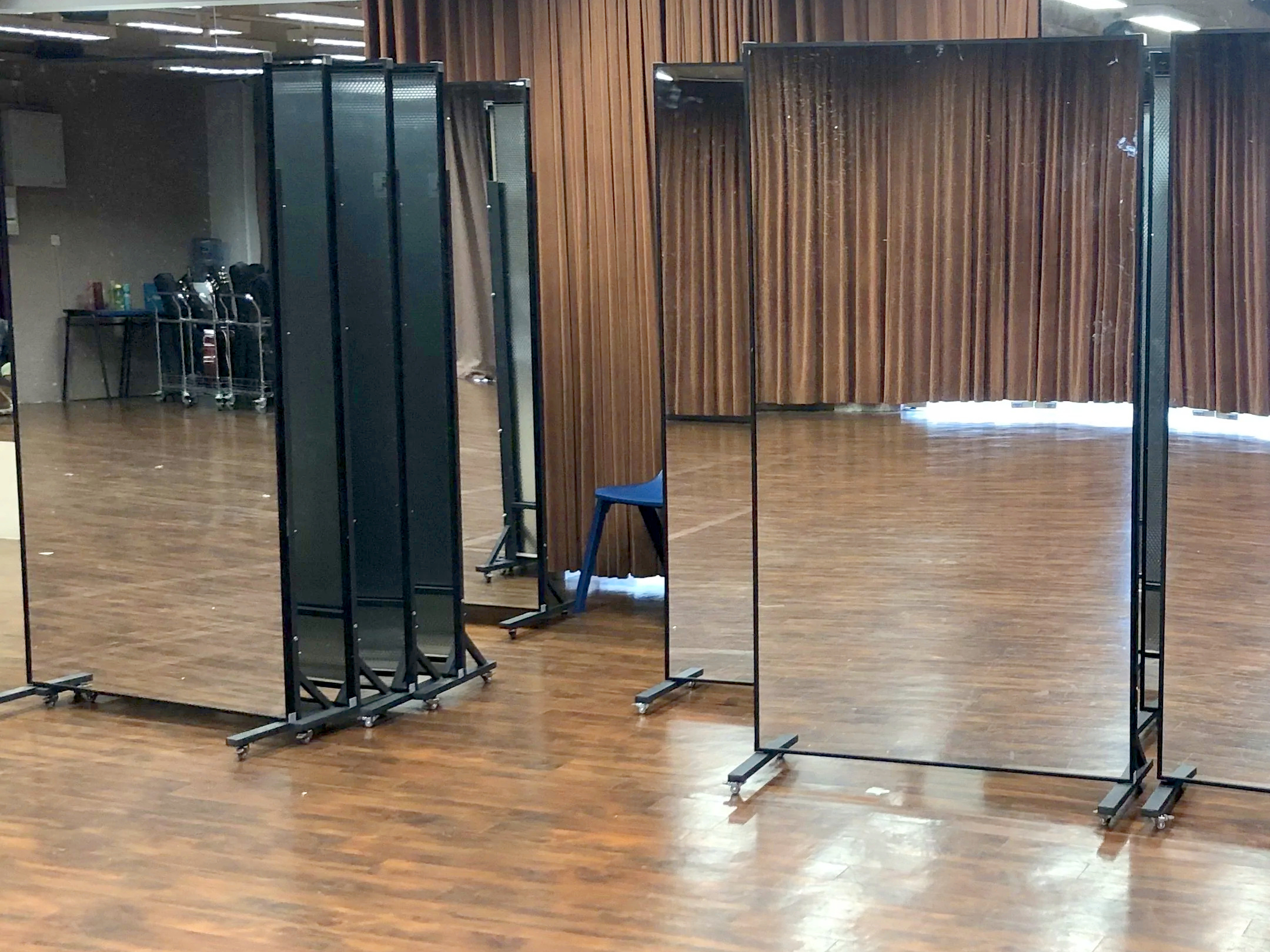
Creating a personal ballet sanctuary within the confines of your home is a dream that many dancers share. Whether you’re a devoted dancer or guiding the passion of a budding ballet…
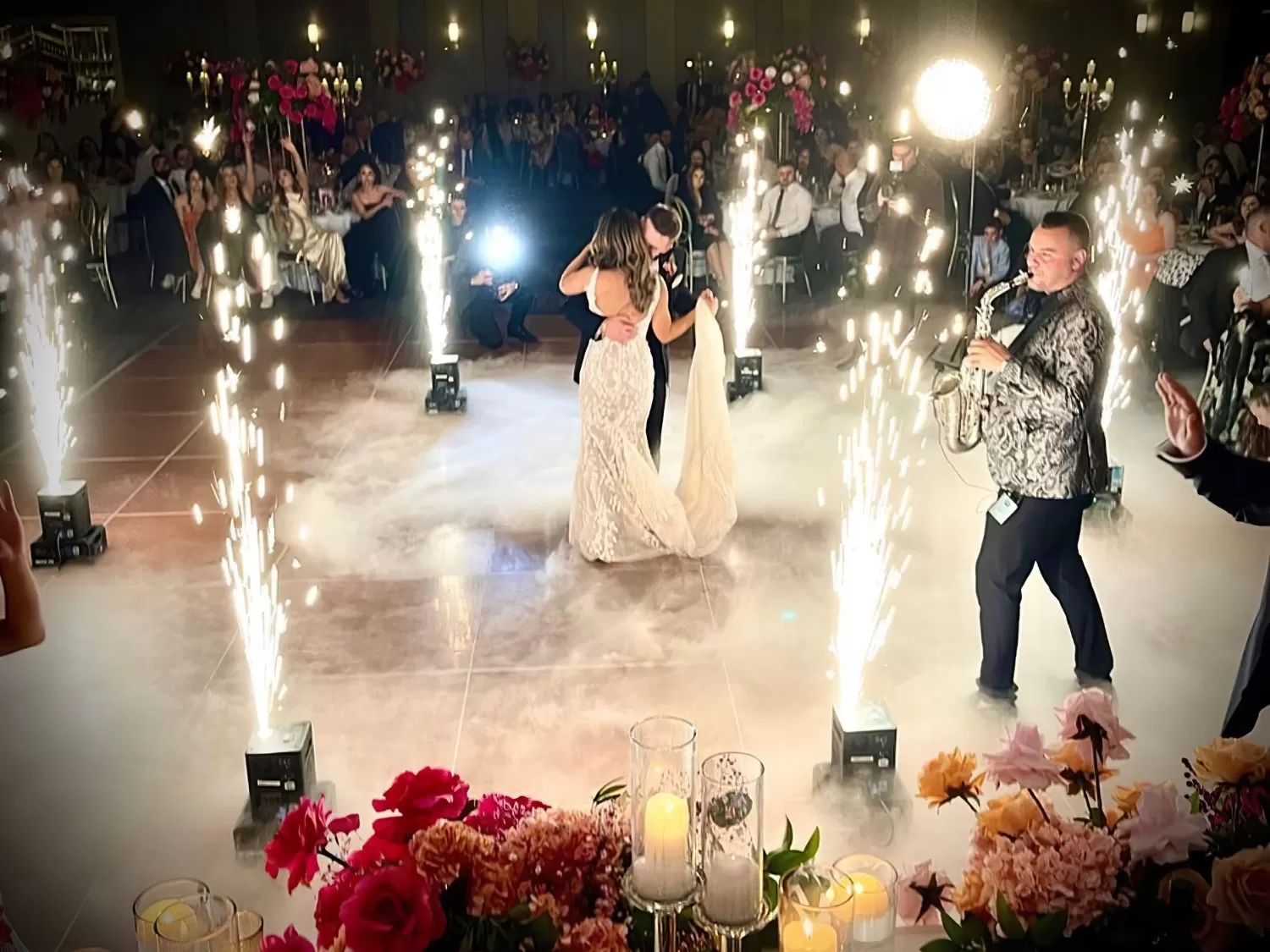
Step into a world of elegance and exhilaration with our exquisite portable dance floors, the perfect addition to any special occasion. Whether it’s a romantic wedding, a jubilant s…
